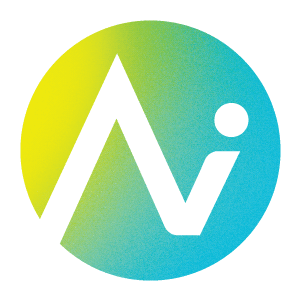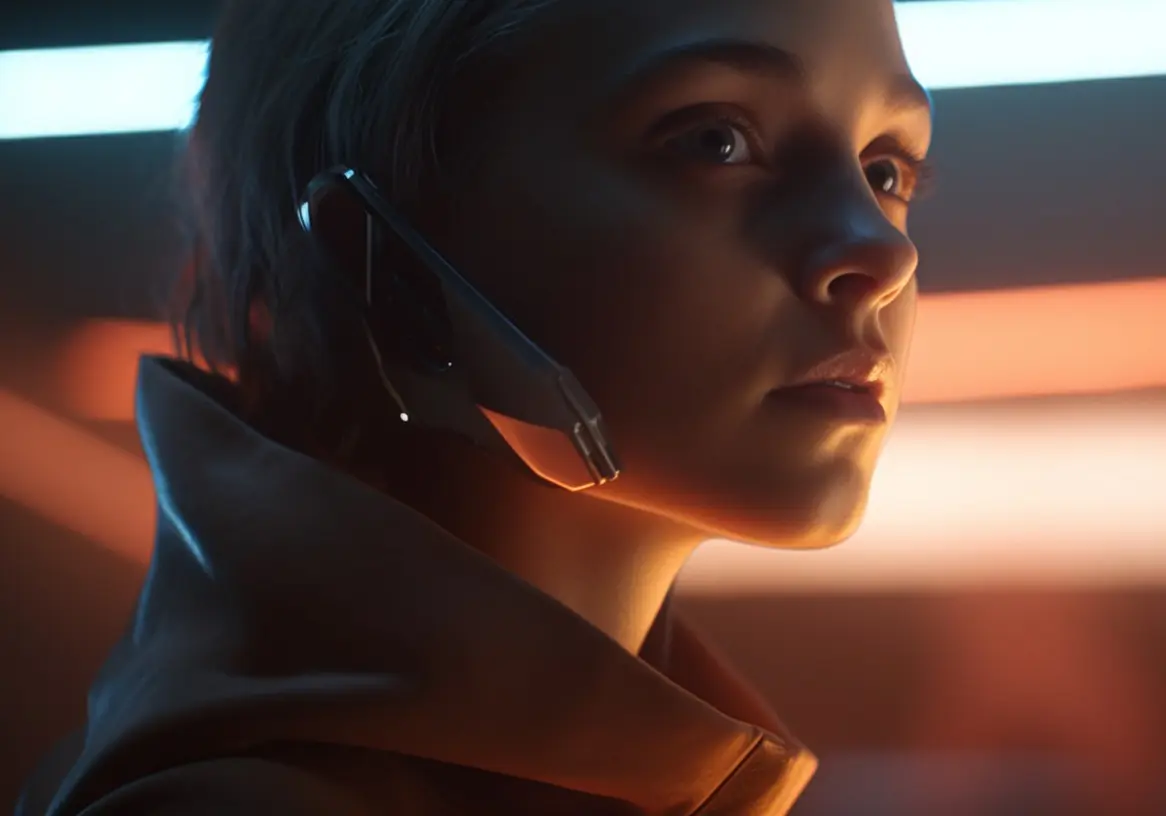Introduction:
In the fast-paced world of technology, artificial intelligence (AI) is not just a buzzword; it’s a transformative force that is changing lives. This is especially true for those who are blind or visually impaired. This article delves into how AI is revolutionizing the world for these individuals.
Decoding AI:
AI, an intriguing facet of computer science, is about crafting machines that can emulate human intelligence. It’s no longer a concept confined to the realm of science fiction; it’s a reality that’s reshaping our world. AI is engineered to mirror human cognition, allowing machines to learn from experiences, adapt to new inputs, and execute tasks typically requiring human intellect.
AI in Our Lives:
AI is omnipresent. It’s in our smartphones, powering voice assistants like Siri and Alexa. It’s in our televisions, suggesting the next binge-worthy series on Netflix. It’s even in our online shopping experiences, recommending products tailored to our preferences. But AI’s potential reaches far beyond these commonplace applications. It’s making significant strides in sectors like healthcare, education, and accessibility, profoundly impacting lives.
The Reality of Visual Impairment:
Visual impairment is a global concern, affecting millions of individuals worldwide. It poses considerable challenges in carrying out everyday tasks that many of us often overlook, such as reading, recognizing faces, and navigating unfamiliar surroundings. However, AI is set to alter this scenario. With its capacity to learn, adapt, and execute tasks requiring human intellect, AI is revolutionizing how visually impaired individuals interact with the world.
AI’s Role in Assisting the Visually Impaired:
AI has the potential to dramatically improve the lives of visually impaired individuals. It can offer tools that enable them to navigate the world more comfortably and independently. For example, AI-powered applications can convert text to speech, recognize objects and faces, and provide navigation assistance. These tools can significantly enhance the independence and quality of life of visually impaired individuals.
Real-World AI Applications for the Visually Impaired:
AI-powered applications are not just making life easier for the visually impaired, but they’re also opening up a world of possibilities that were previously unimaginable. Let’s delve deeper into how these tools are making a difference.
Microsoft’s AI technology, “PeopleLens,” is a prime example of how AI is transforming the lives of the visually impaired. This open-ended AI system uses computer vision algorithms to help blind individuals engage with their immediate social surroundings. It provides resources to make sense of their environment, allowing them to interact more effectively with others. This technology is particularly beneficial in social settings, where understanding visual cues is crucial for communication.
Another groundbreaking tool is the Virtual Volunteer feature from Be My Eyes, powered by OpenAI’s GPT-4 language model. This feature allows users to send images via the app to an AI-powered Virtual Volunteer, which can answer any question about the image and provide instantaneous feedback. This tool is particularly useful for visually impaired individuals who need immediate assistance with understanding their surroundings. It’s like having a personal assistant that’s available at all times, ready to provide visual information on demand.
The Seeing AI app developed by Microsoft is another powerful tool that’s making a significant difference in the lives of the visually impaired. This app uses AI to describe people, objects, and scenes to users, essentially narrating the world around them. It’s like having a personal narrator that can describe everything from the color of a shirt to the expression on a person’s face. This can be particularly useful in situations where understanding visual details is crucial, such as recognizing a friend in a crowd or understanding a scene in a movie.
The Be My Eyes app is another excellent example of how AI is assisting the visually impaired. This app connects visually impaired individuals with sighted volunteers who can provide visual assistance through a live video call. This can be particularly useful for tasks that require visual input, such as reading a label on a product or navigating an unfamiliar environment.
Lastly, an AI-powered mobile app developed by Maithreya Chakravarthula, Kaleem Khan, and their team is another tool that’s making a significant difference. While specific details about this app are not readily available, it’s clear that the team’s efforts are focused on using AI to assist people with visual impairments, further demonstrating the potential of AI in this field.
These tools are just a few examples of how AI is revolutionizing the lives of the visually impaired. They’re providing assistance in various tasks, making life easier, and opening up new possibilities for those with visual impairments. As AI technology continues to advance, we can expect even more innovative tools to emerge, further enhancing the quality of life for the visually impaired.
The Future of AI in Visual Impairment:
The future of AI in visual impairment is bright. With advancements in deep learning, a subset of AI, we can anticipate even more sophisticated tools to assist the visually impaired. Deep learning algorithms can analyze vast amounts of data, learn patterns, and make predictions, which can be particularly useful in diagnosing and treating visual impairments. With the rapid advancements in AI technology, the future holds immense promise. AI could potentially provide even more sophisticated tools to assist the visually impaired, enhancing theirquality of life and enabling greater independence.
Conclusion:
AI is a game-changer in providing tools for blind and visually impaired people. From aiding in navigation to reading and recognizing text, AI is set to revolutionize the lives of those with visual impairments. As technology continues to evolve, the possibilities are limitless. It’s indeed an exciting era to witness!

